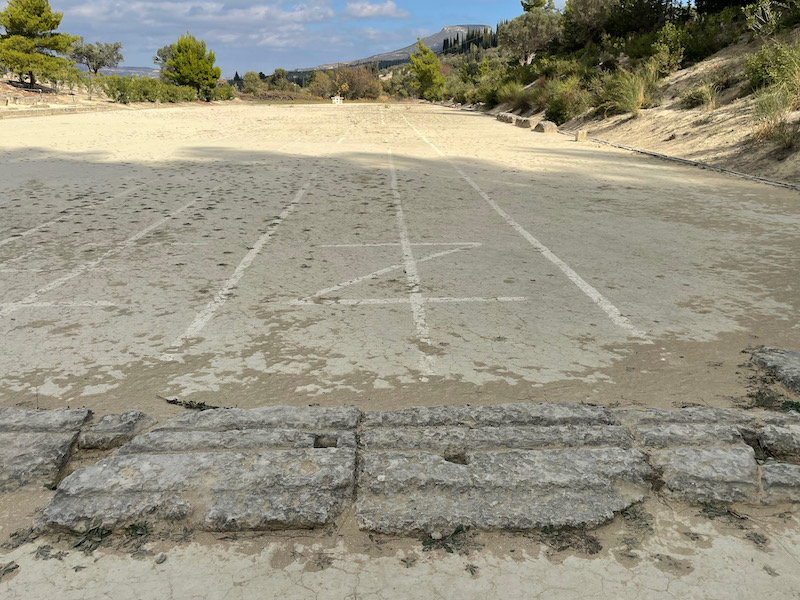Our Blog - Greece 2024 - Nemea
I had never heard of Nemea until this trip, and in addition to the archeological site, it would seem to be a wine region. The area is quite old, with the Nemean Games being held here from at least 573 BC up until 235 BC. But it is, in fact, a bit older than that since a large, intact tomb dating to the early Mycenaean era (1650–1400 BC) was discovered here in 2018. In Greek mythology, Nemea was ruled by king Lycurgus and queen Eurydice and it was here that Heracles slayed the Nemean Lion, which was one of the 12 labors of Hercules.
Our first stop was the Archaeological Museum of Nemea, which houses finds from the Early Helladic era until the Early Christian period that were found in excavations at ancient Nemea, Kleones, Fliountas, and the Mycenaean cemetery of Aidonia. I am always amazed at how old some of the pieces are, like this first vase, which dates back to the first half of the 15th century BC. It seems like many of the pieces that have been found in relatively good shape were found in a nearby cemetery at Aidonia. It was excavated starting in 1978 and 20 tombs were found. The tomb would contain personal articles, most of them jars and vases, but some graves of children were found with toys. The 2nd picture are small stirrup jars from one fo the tombs, dating from the 14th or 13th centuries BC. These seem to have been found totally intact and unbroken. The 3rd picture was taken during those excavations, and you can see how some of these were found.
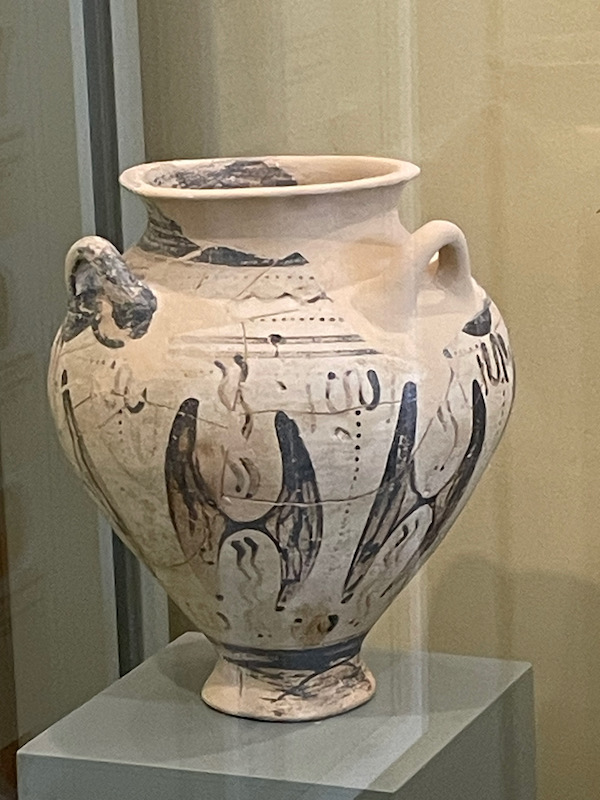
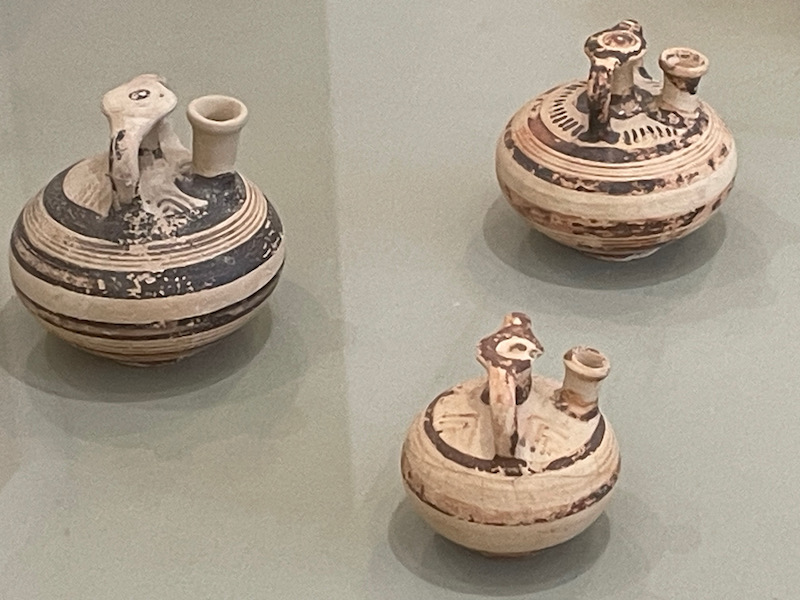
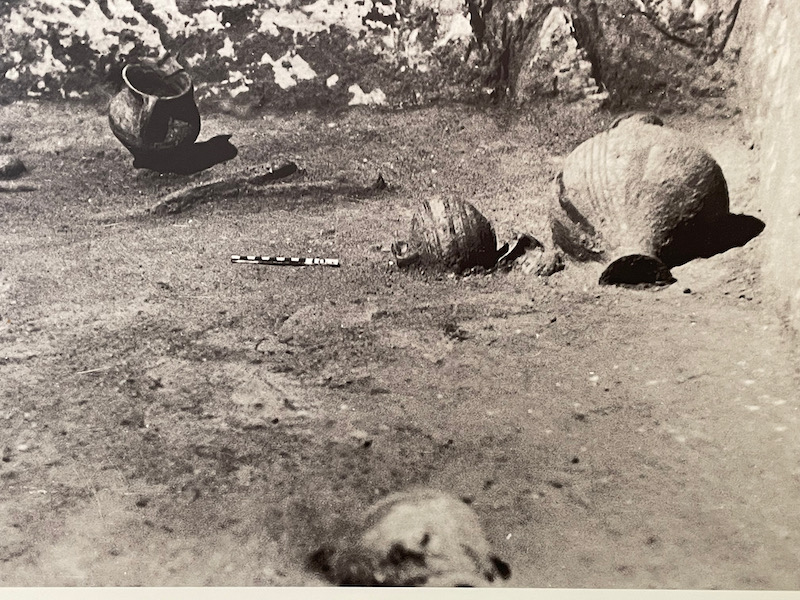
This jug is a little older, beginning of the 16th century BC. You can see how it wasn't found in one piece ... there are parts that were never found where you have just unpainted clay (that is put there as part of rebuilding the jug).
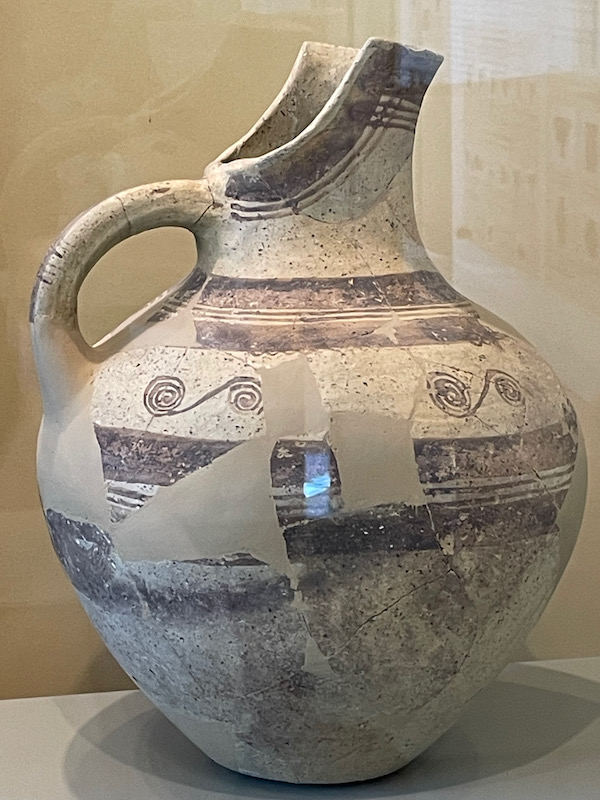
They then had models of the area at 2 different times: around 300 BC and around 500 AD. In the first one, you can see the Temple of Zeus along with a set of smaller buildings. Fast-forward 800 years and you can see that the roof is gone and one entire side of columns has collapsed. The other buildings have been demolished and (most likely) the stones reused to build the large building you see, which was an early Christian Basilica and the priests' house next door.
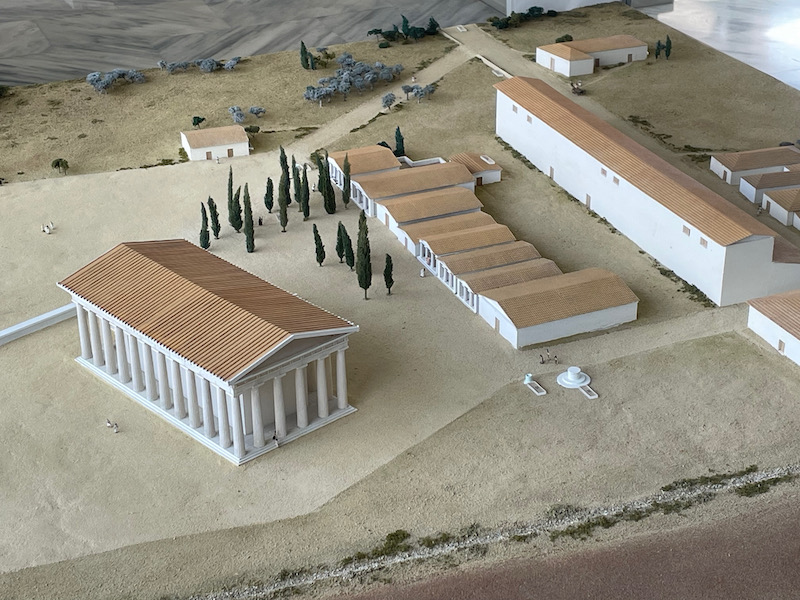
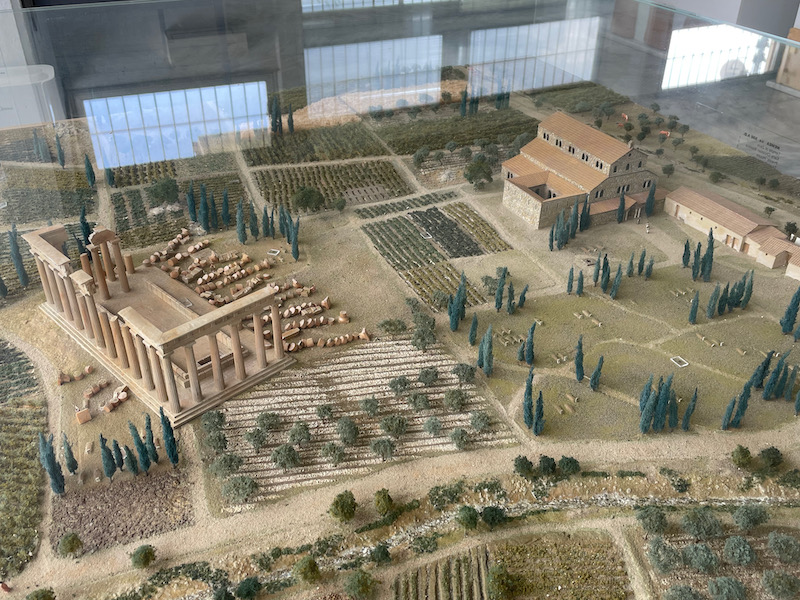
There was an early Temple of Zeus that was here in the 6th century BC, but it was destroyed in the 5th century and the Nemean Games was held in the town of Argos instead for a while. In 330 BC, the games returned to Nemea and the Temple of Zeus was reconstructed, along with the other buildings that were needed to when the games were here. But they eventually were transferred again to Argos, never to return. At that point, the area was gradually abandoned until the Christian settlement began in the 5th century AD. In 453, the Roman emperor Theodosius banned all pagan activities and the building materials were used in the construction of the Basilica. But even that didn't last long, as the entire settlement was abandoned around 580 AD.
Here are the remains of the Temple of Zeus that I mentioned above. As you can see, fewer columns are standing now than back in 500 AD, but it is still pretty impressive.
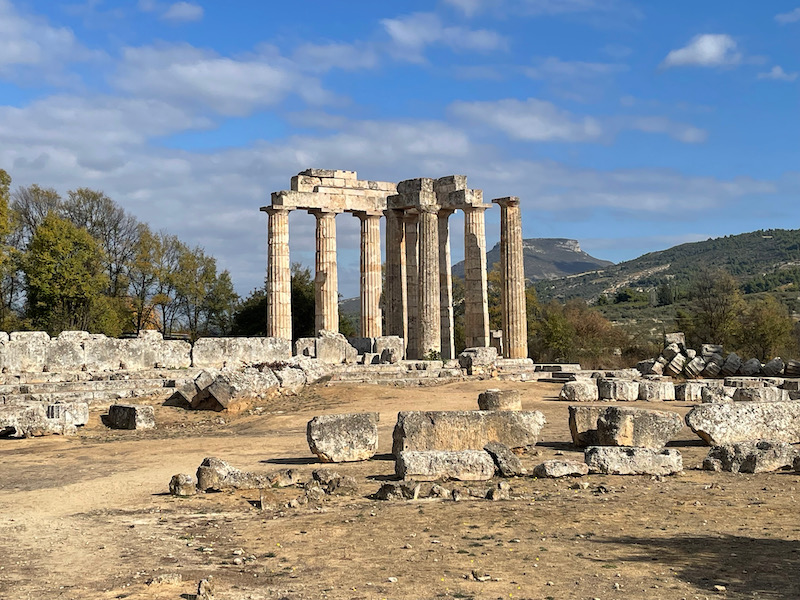
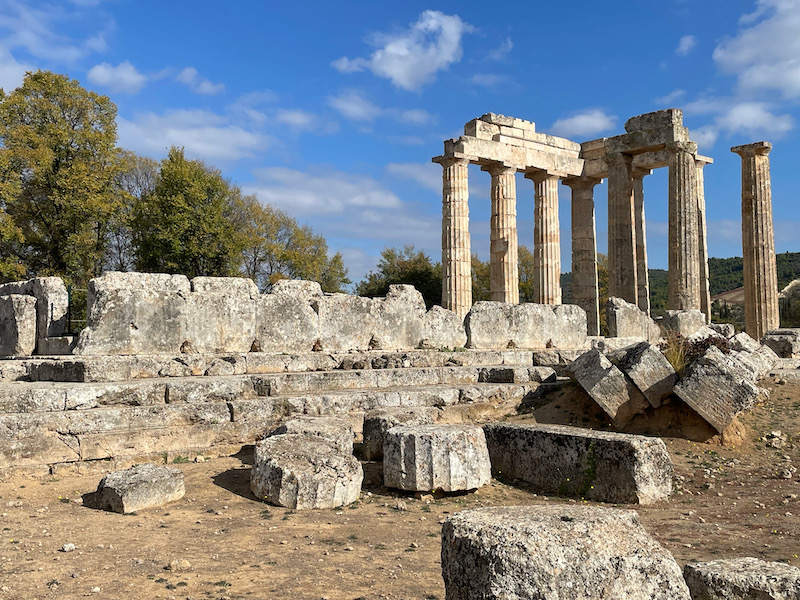
A picture to show the huge scale of the temple .... you can see Susan way down at the bottom of one of the middle columns. The temple is 9,240 square feet large and mostly made of limestone. It originally had 32 columns along the perimeter. Of the 9 columns that you see today, 3 were ALWAYS standing and the 6 others have been reconstructed for reference when visiting the site. Having a little bit reconstructed gives visitors a clearer idea the original size.
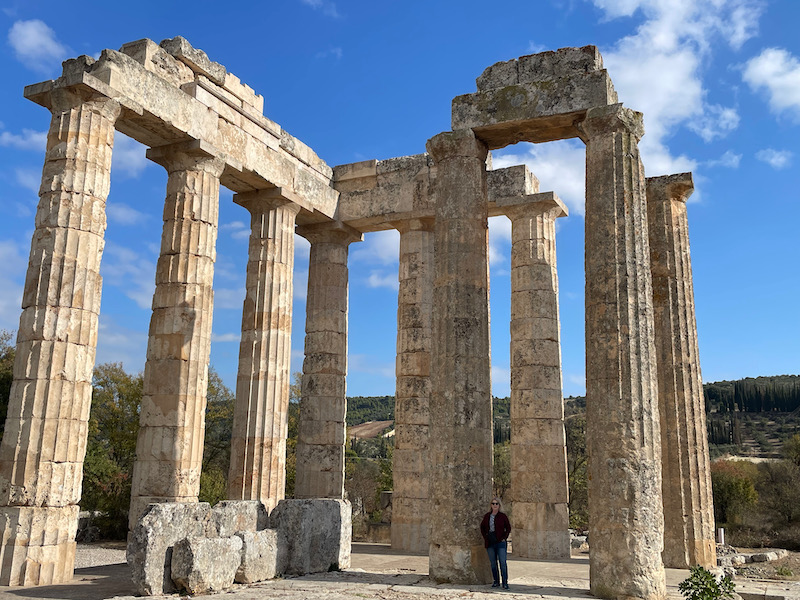
They could probably reconstruct a few more columns if they wanted, as you can see here that several of the columns have fallen and the segments are just laying out in a line.
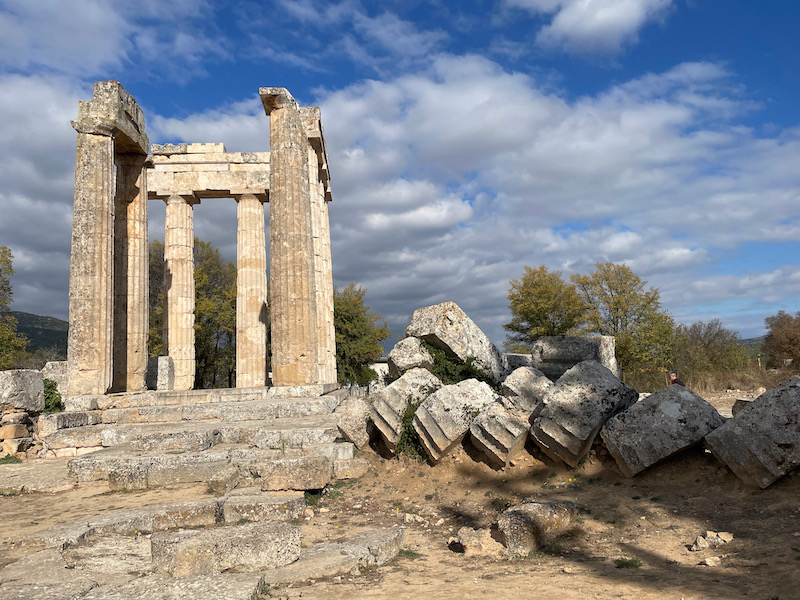
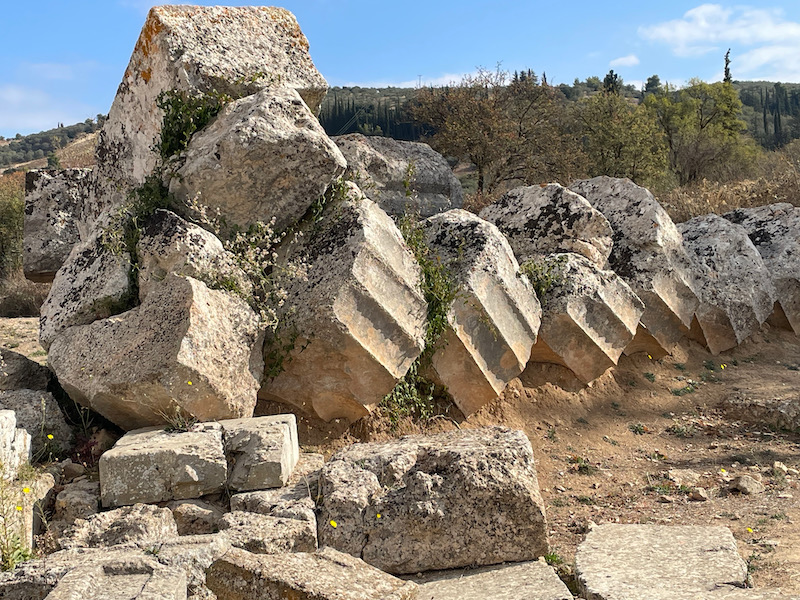
This is what the site looked like in the early 1960's ... and then now ...
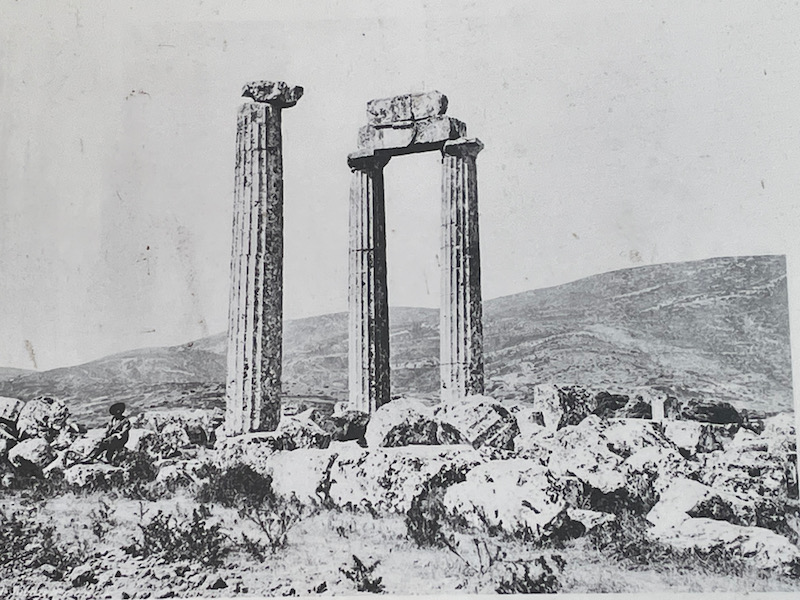
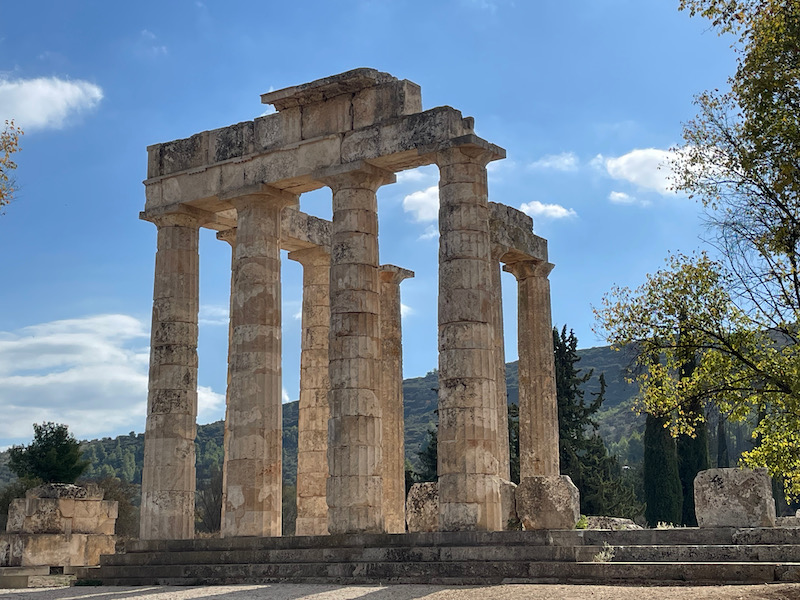
The stadium, which is a short distance from the temple, was excavated between 1974 and 1981. The stadium includes a 36-meter-long entry tunnel that leads from an ancient locker room area to the stadium. The entry tunnel led to basically the mid-point in the stadium.
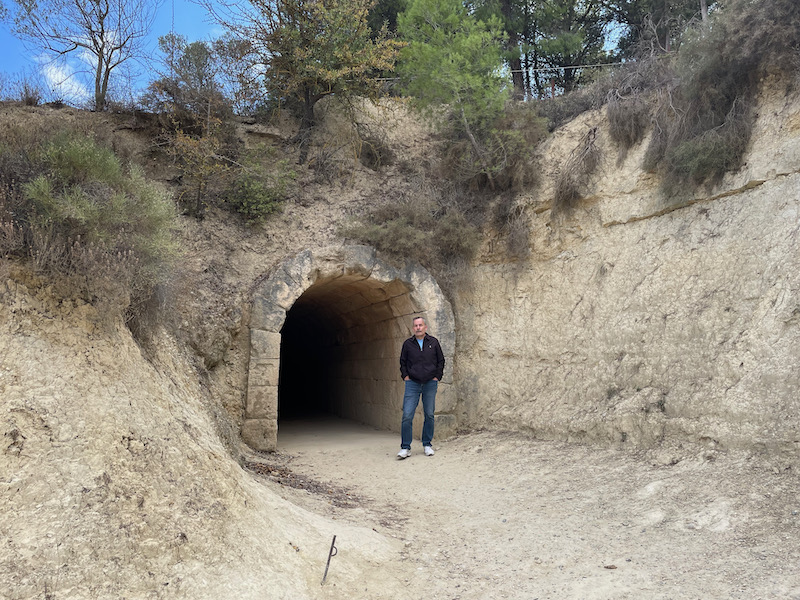
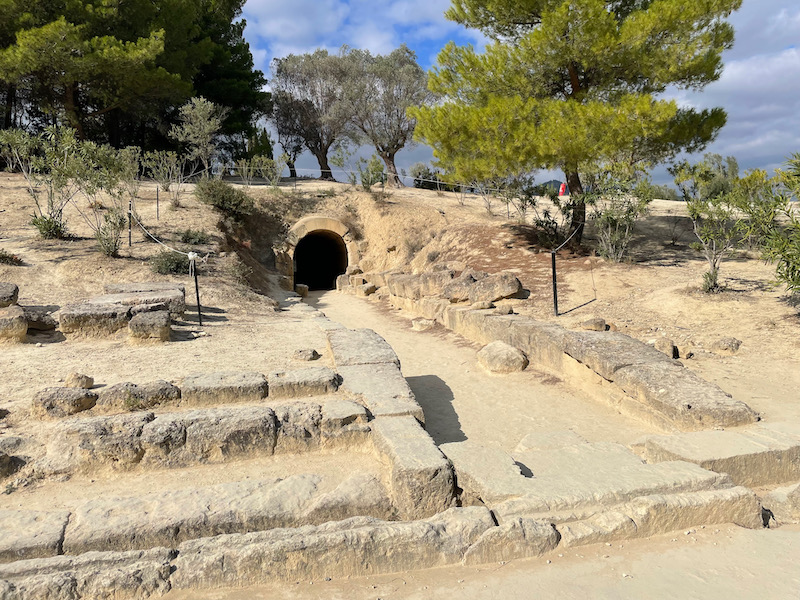
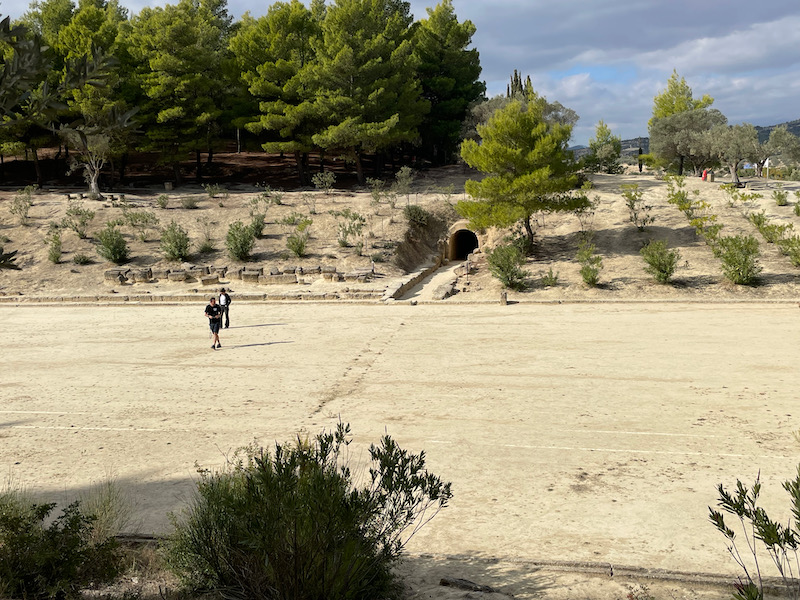
Similar to the stadium that we just saw at Epidaurus, the stadium was built in between 2 slopes. The track originally was 600 feet long. You can still see a water channel and the 300-foot marker in the middle. If you look just past the stone marker next to the water channel, you can make out one of the water basins that ran along (it juts into the track a little).
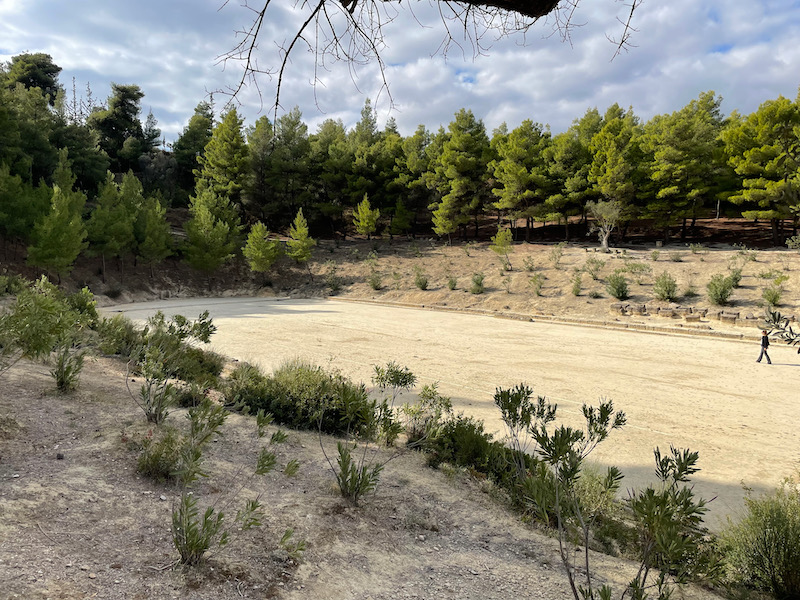
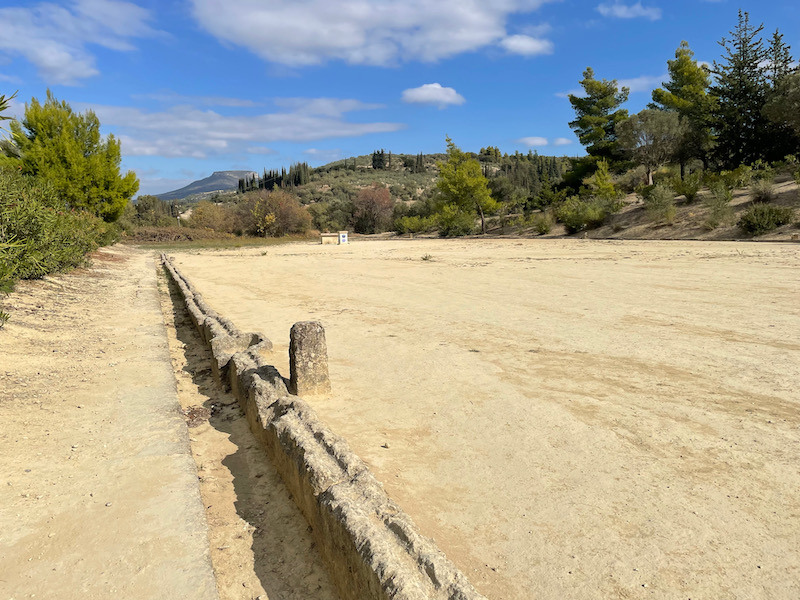
The original "starting blocks" are still there, with the grooves where (I assume) the runners put their toes.
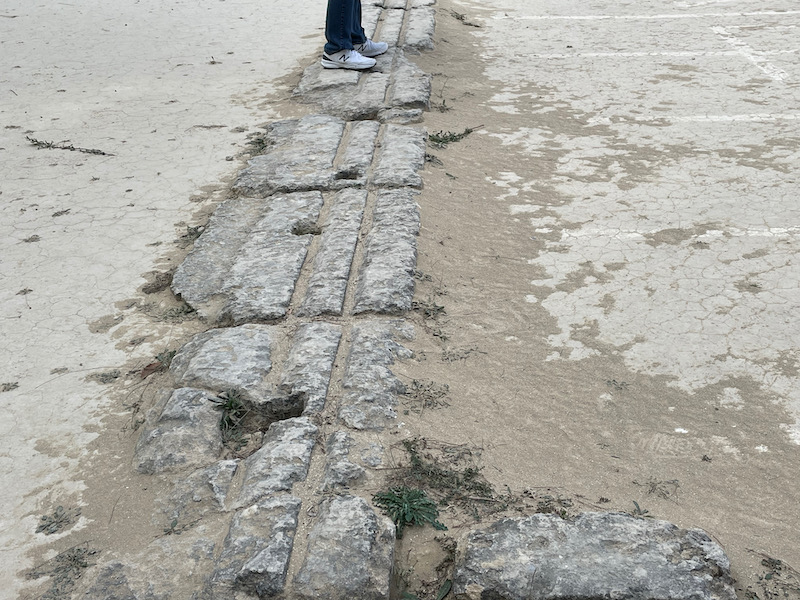
The Nemean Games were held at the Stadium every 2 years. For the games, all Greeks gathered for the celebration, and there was established a sacred truce to suspend all wars and hostilities so everyone could come see the competition. An interesting piece of trivia ... between the games held here, the site was pretty much abandoned. So every 2 years, the track of the stadium had to be dug up and leveled to keep its level below the water channel on the sides.
The Society for the Revival of the Nemean Games was founded in 1994, after more than 20 years of archaeological excavation at Nemea. Contemporary games are now held here, every 4 years, that are more of a re-enactment than an actual sporting event. Here you can still see the lines that were drawn on the stadium floor for these "new" games.
